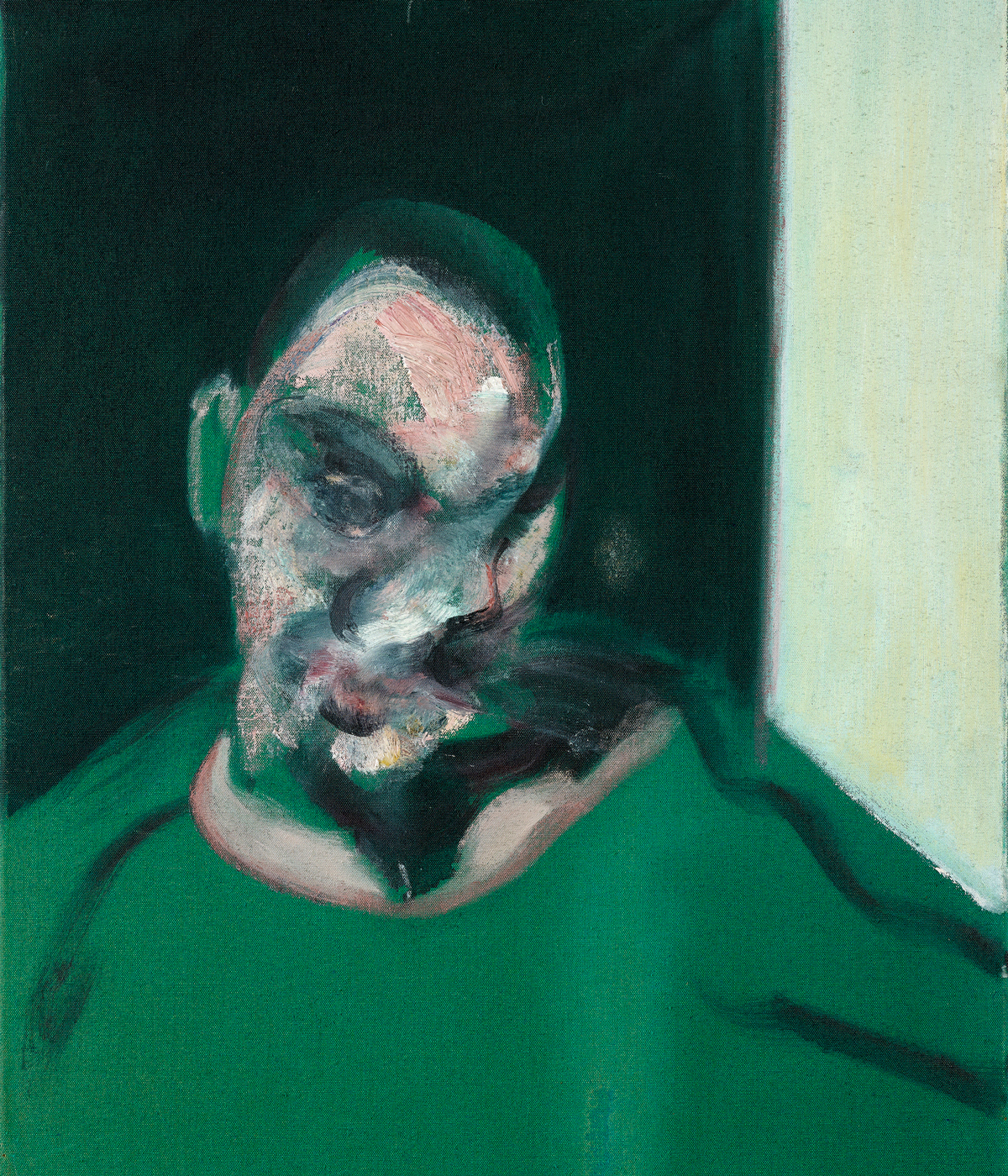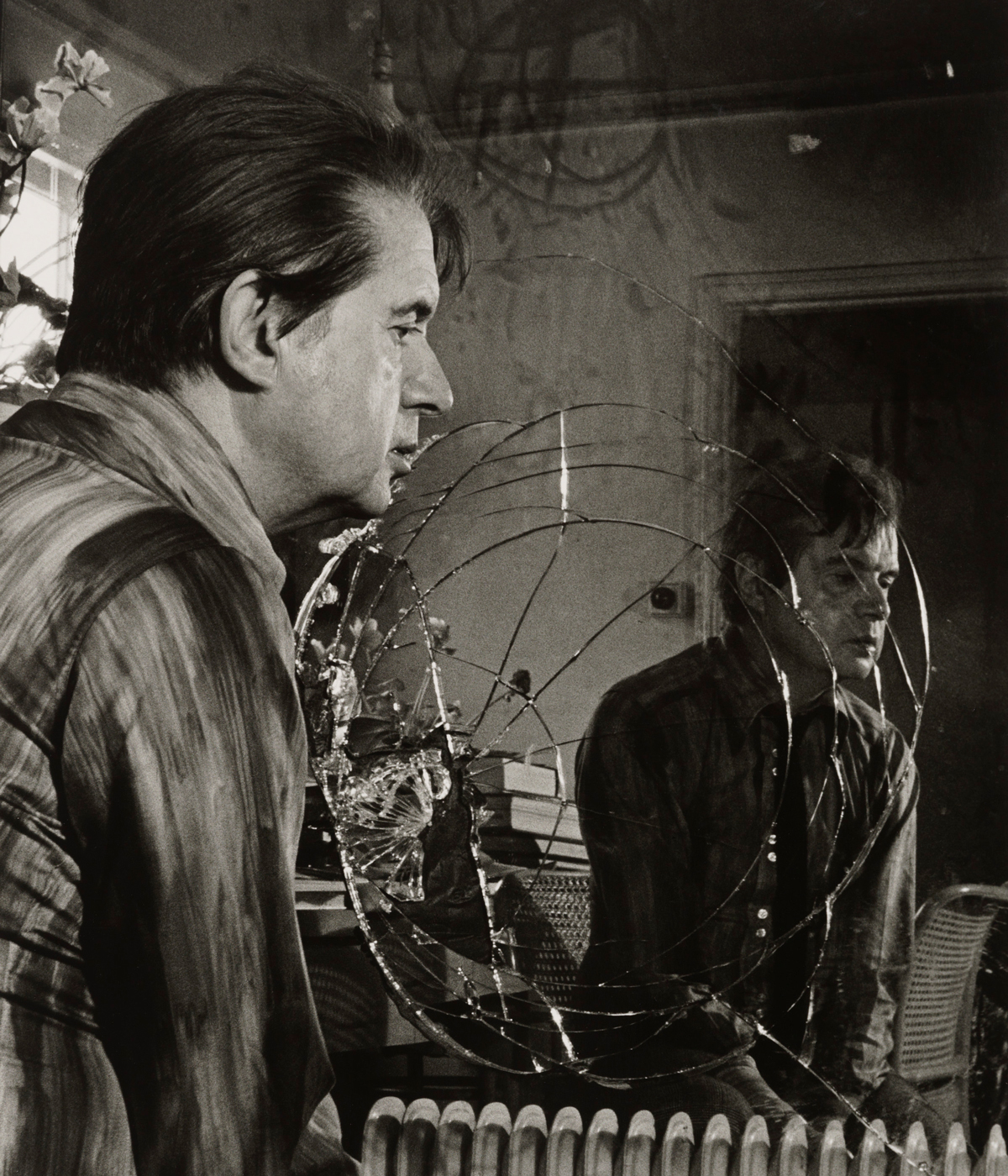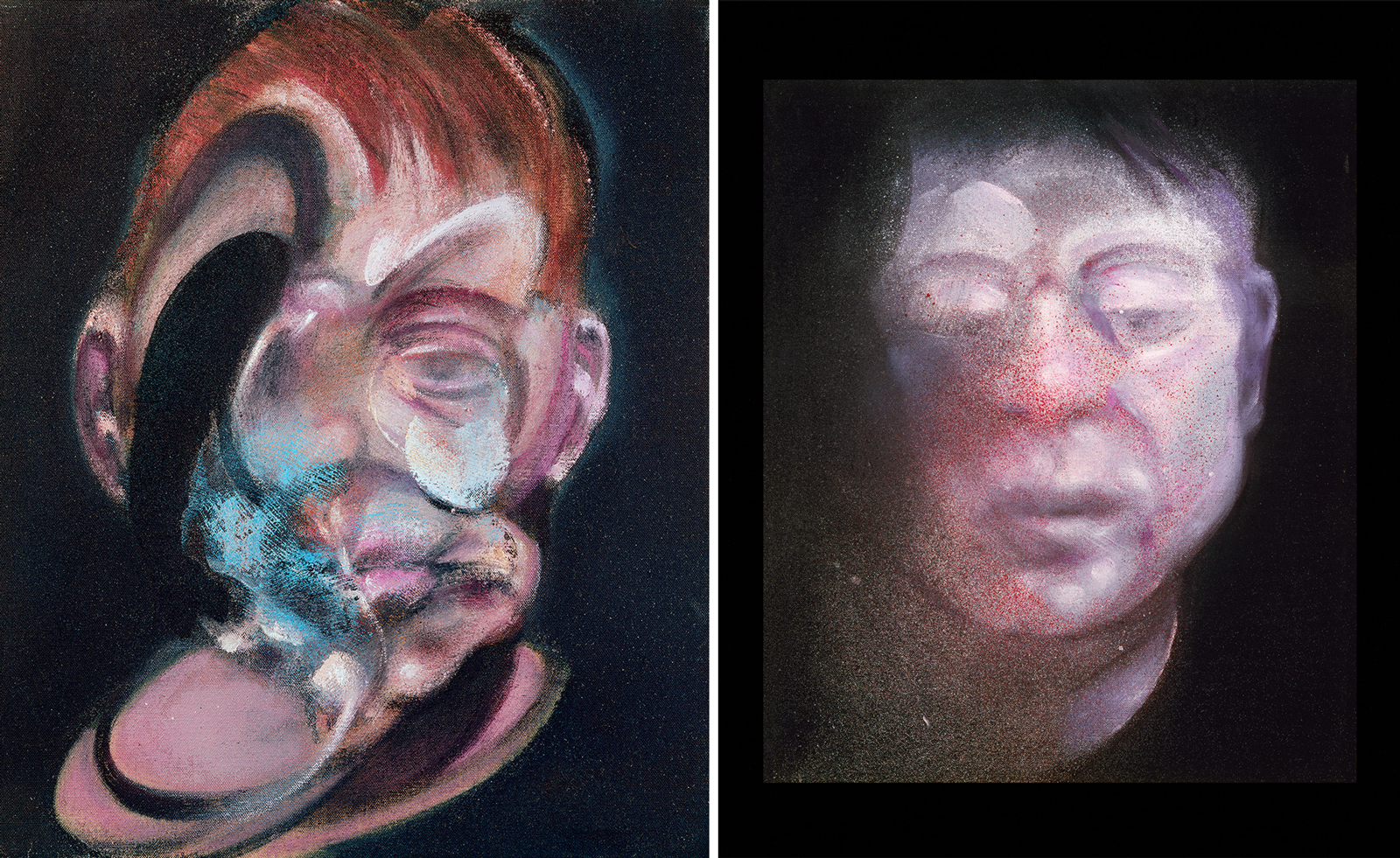
Francis Bacon’s distorted forms, caught in hellish moments, are etched into the brain of those with only a passing interest in the art canon, an eerie familiarity that still doesn’t prepare you for the sheer emotionality of his major retrospective at the National Portrait Gallery.
Taking you from Bacon’s early portraits in the 1940s, through self-portraits and portraits of friends in the 1950s, to the personal relationships that defined his work in the 1960s, the exhibition documents Bacon’s relationship with representation in his dismantling of both traditional power structures and tortured memorialisations of departed lovers.
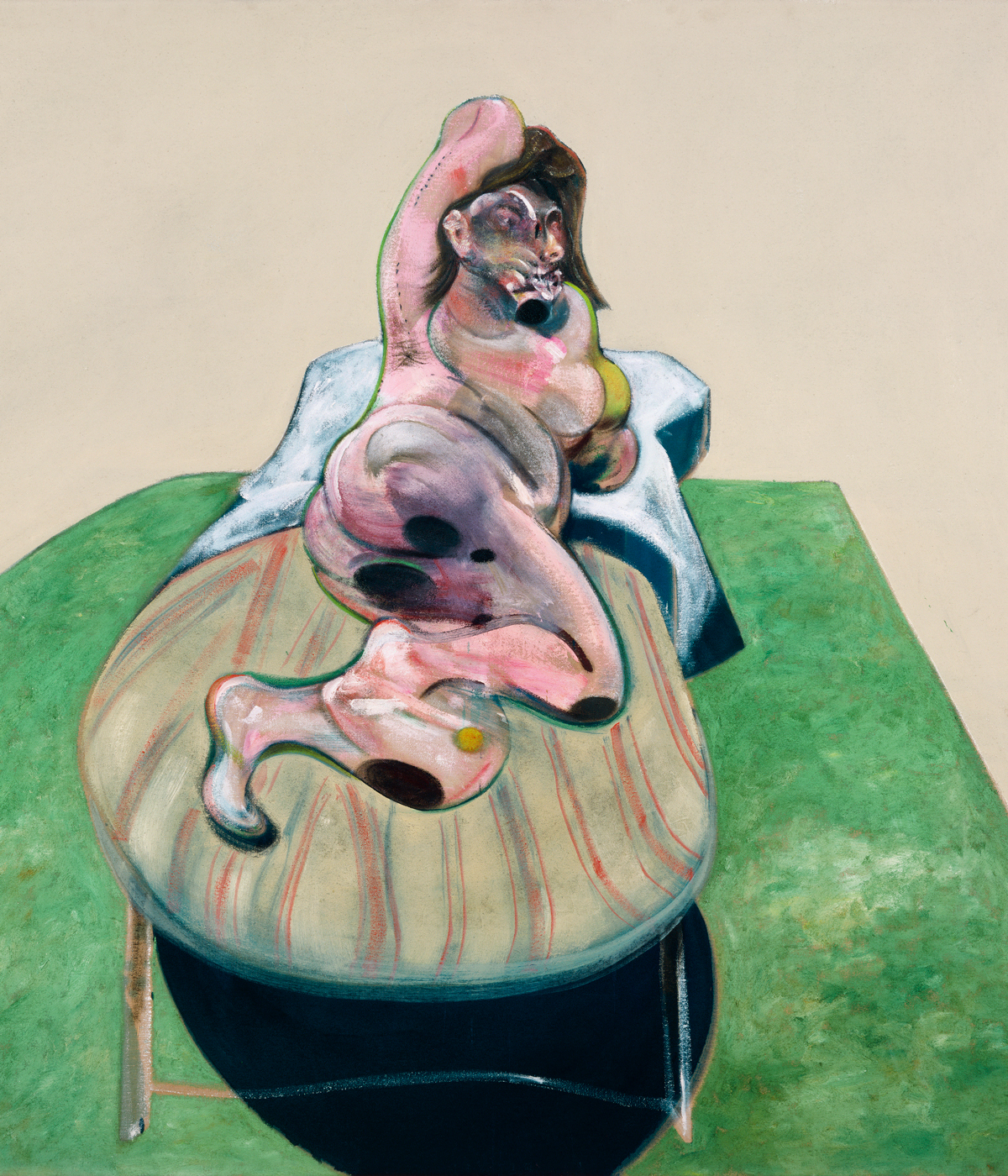
Arranged chronically and thematically, the exhibition begins by paying particular care to the provenance of early work. In these screaming, anonymous men, Bacon was reinterpretating classical portraiture in a changed, post-war world. Greatly inspired by Velázquez’s Pope Innocent X (1649−50), Rembrandt’s Self-Portrait with Beret (1659) and Van Gogh’s The Painter on the Road to Tarascon (1888), Bacon began to incorporate colour after his fascination with the last saw a move away from monochrome and into a bruised prism of hues, from rich plums to sickly greens and deep pinks.
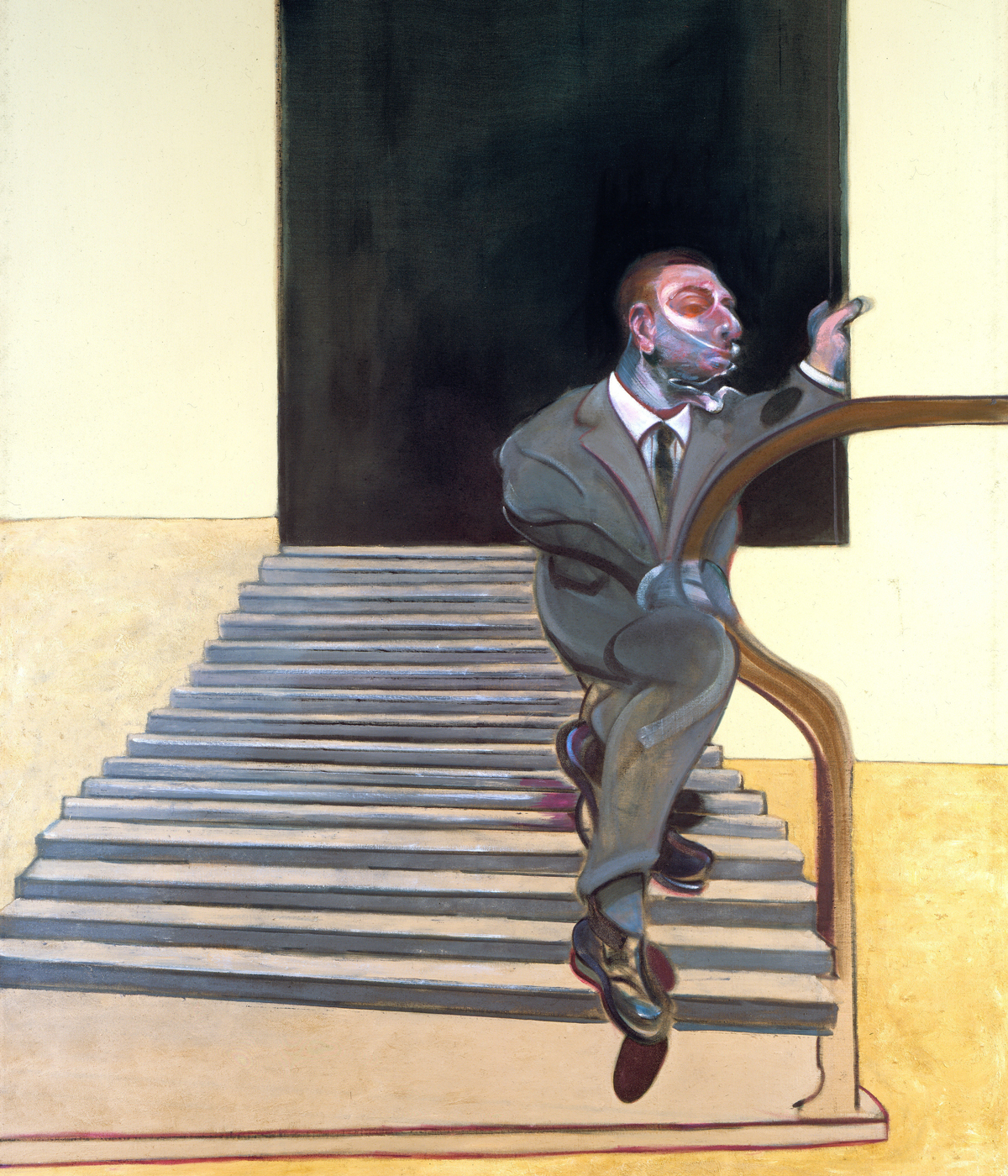
Most striking, though, is the depiction of Bacon’s personal relationships, cataclysms which triggered an embrace of new styles and forms. His capturing of his tumultuous long-term relationship with former fighter pilot Peter Lacy is edged with an unsettling tenderness throughout, his naked form a vulnerable foil to the viscerality of the details. Upon his death, Bacon created a triptych of portraits, a format he often returned to when marking friendships or fraught endings. In real time, we watch the relationship disintegrate, the faces becoming more sunken, the image more monstrous, a scream of pain made tangible. When his lover, George Dyer, took his life a decade later, two days before Bacon opened a major Paris exhibition, we see his grief turn inwards. In a 1973 self-portrait, Bacon’s features are lost in a disorientating loop transformed by grief and solitude.
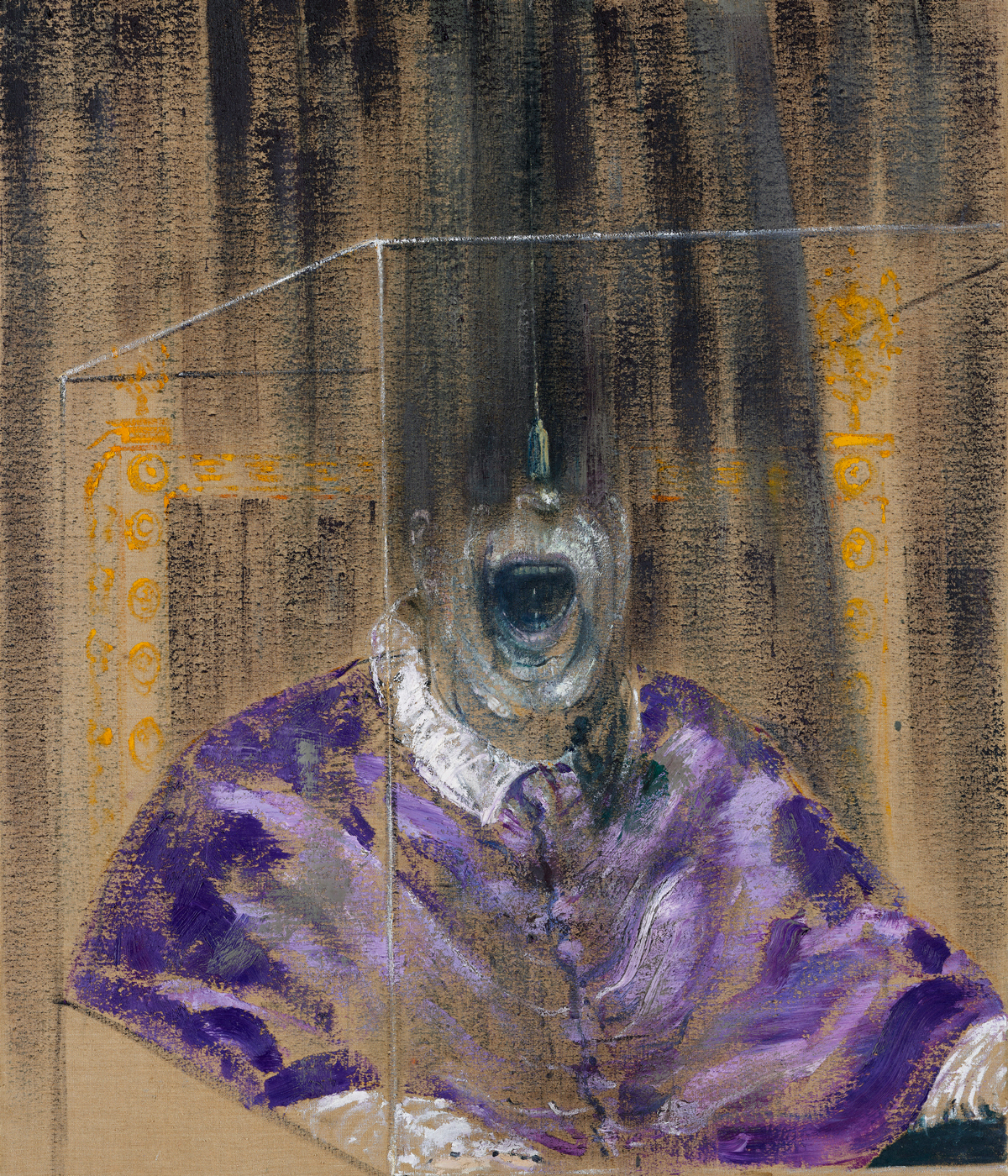
Alongside Bacon, the artist, here is Bacon, the man. He was fascinated by photographs of himself, and we are treated to portraits of him by friends including Cecil Beaton, Bill Brandt and Arnold Newman. In an interview, playing on a loop, he muses on his friends’ negative reaction to their depictions, something he attempted to avoid later in his career by refusing to paint from life, choosing only to paint from photographs or memories of the friends and lovers he knew well. It was no escape, though, from the emotion, despair and sensitivity that continued to mark his work, here traced throughout in heartbreaking, raw detail.
‘Francis Bacon: Human Presence’ is at the National Portrait Gallery, London, until 19 January 2025
